1960s Fashion – We take a close look at the periods referenced by fashion, which is in a continuous cycle of development, change and return. Our eleventh stop is 1960s fashion shaped by the youth movement and the street..
Fashion refers to currently popular clothing styles. It always evolves, changes and returns. Every style and trend in fashion is recalled from an absolute time or era. That is why it is very important and valuable to have an idea about the history of this evolution.
When you get an idea about a person, you also learn about his style. While reading the history of humanity, it is inevitable to take a look at the history of fashion.
In this series of articles, we will take a closer look at the periods that fashion uses as a reference. Happy reading!
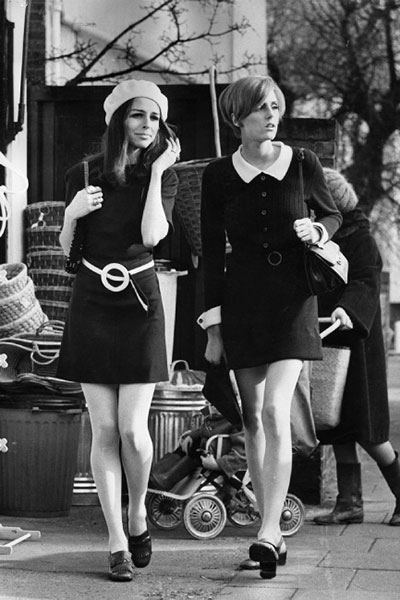
1960s Fashion Influenced by Youth and Street
The world began to change in the 1960s, and so did fashion. The 1960s were a time of rebellion, protests, equality and peace. It was the time when radical social movements were on the rise. And three movements specifically set the fashion: the Youth Movement, the Human Rights Movement, and the Women’s Emancipation Movement.
Broadly categorizing, there were three mainstreams in the 1960s: First, ladylike elegance inherited from the previous decade and embodied in Jacqueline Kennedy; second, fun and young designers popularized by Swinging London; third, the Eastern-influenced hippie style of the late 1960s. Along with all these different types of styles, the period also completely changed the way women shop and create their styles.
Jacqueline Kennedy Elegance
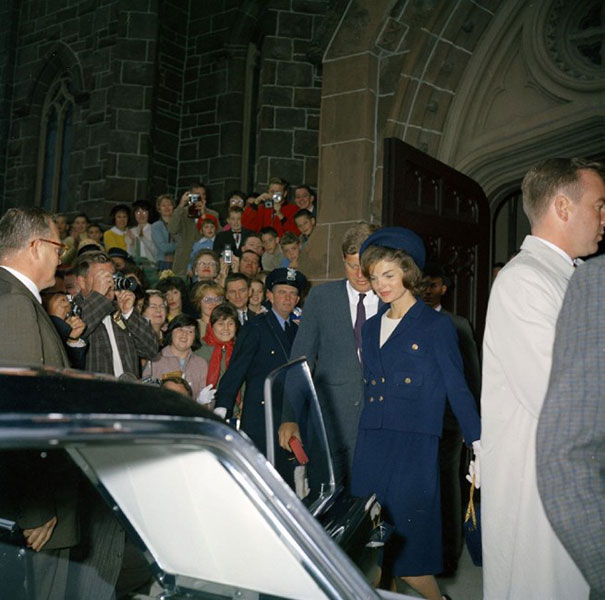
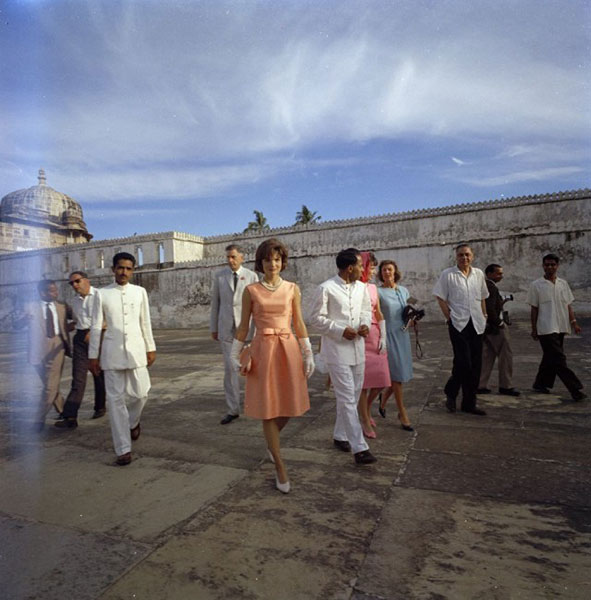
In the early part of the decade, fashion continued to follow the lines of the 1950s. Skirted suits and matching accessories were essentials of the transition period. The look adopted by Jacqueline Kennedy during her husband’s presidential campaign and brief presidential term was the ideal version of this style. Arousing the admiration of the whole world with the pieces she put together, the First Lady was a true woman of the period, both with her navy blue suit and her A-cut dress in pastel tones.
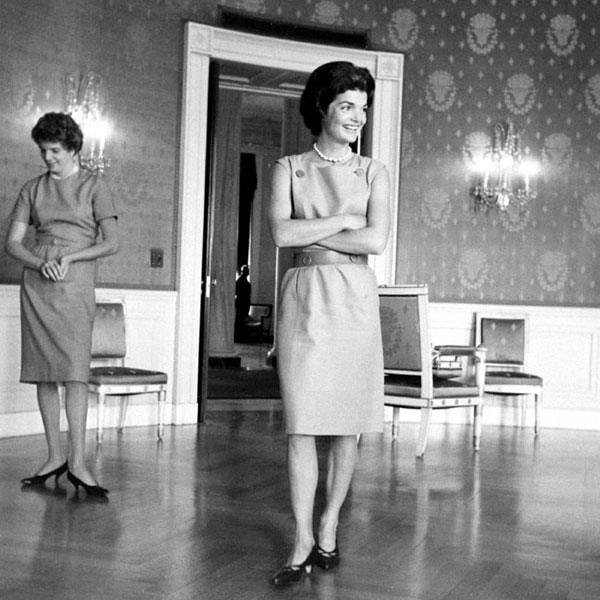
Representing a natural yet sophisticated style with her simple demeanor, Jacqueline Kennedy very stylishly carried Parisian couture and airy, athletic American style in her bateau neck tops, trousers and sleeveless dresses.
The London-Based Miniskirt Revolution
A cultural phenomenon that began in the 1955s, Swinging London reached its peak in the early 1960s. Focusing on the youth, interested in music and fashion, this phenomenon brought us The Beatles, the miniskirt, Twiggy, The Who, and placed London at the center of the fashion scene of the period. Responding to the wishes of this youth revolution was Mary Quant, who opened her first store, Bazaar, on King’s Road, Chelsea, London, in 1955. Quant’s simple, colorful designs have attracted adolescents and young people with disposable incomes like never before in a generation. Completely different from the boring looks of the older generation, these designs allowed young women to adopt a more boyish style.
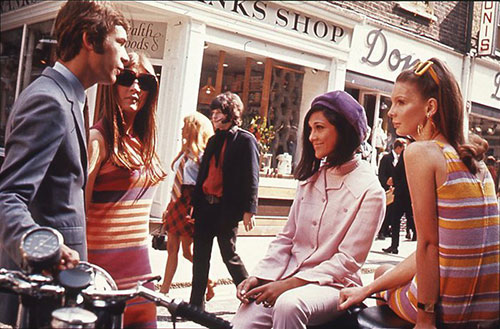
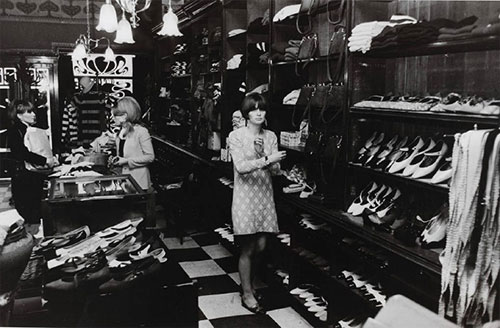
In its new boutique style, Bazaar offered a revolutionary new shopping experience compared to traditional design workshops and department stores. Apart from the accessibility of the clothes, the boutiques also created an exciting atmosphere. In venues where modern music played, boutique owners and customers worked almost collaboratively to create new styles.
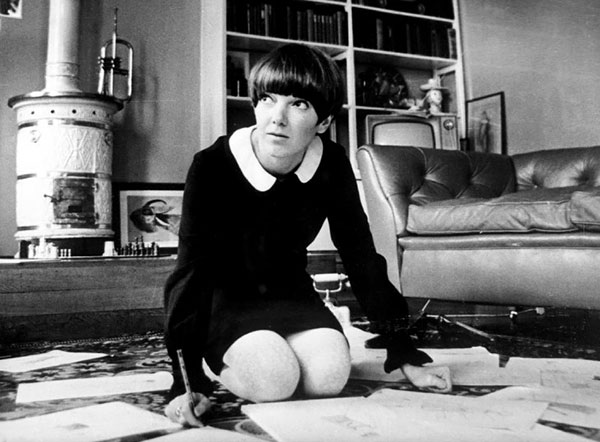
If I hadn’t made it short enough, the Chelsea girls with their extraordinary legs would have picked up a pair of scissors and shortened the skirts themselves.
— Mary Quant
Quant’s revolutionary designs are undoubtedly the mini skirt and mini dress. Against the below-the-knee skirts of the late 1950s and early 1960s, in the mid-1960s women began wearing short skirts that ended almost at the crotch. Just like the short skirts of the 1920s, the miniskirt was shockingly popular among young women. As Quant and her contemporaries gained popularity, the miniskirt and mini dress were adopted by Parisian designers.
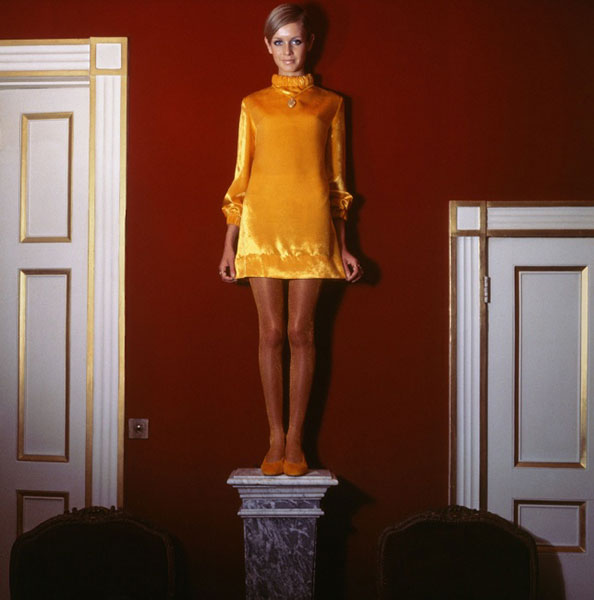
Along with the mini skirt, the innovative use of new materials with toys also peaked. Newly developed materials such as acrylic, polyester, and glossy PVC have found their way into women’s clothing as designers become more influenced by pop art and space. Pierre Cardin and André Courréges introduced their space-inspired designs in white and silver tones. Courregées’ Spring/Summer 1964 Space Age collection featured astronaut hats and glasses, white and silver “moonwoman” pants, and mid-shin boots. Straight and A-cut dresses that did not reveal the waistline were popular silhouettes of the era. These modern designs dominated the mid-60s as fashion moved in a more fun and liberating direction.
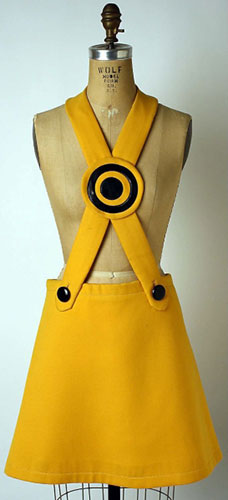
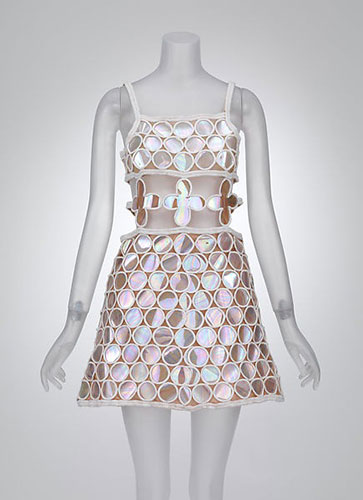
A Movement of Denial
While the miniskirt reached its peak in the middle of the decade, a new style and culture emerged in the late 1960s. In San Francisco’s Haight-Ashbury neighborhood, a group of young professionals, artists, and musicians are embracing a new bohemian lifestyle. Like the Aestheticism movement of the 19th century, these new bohemians rejected the dehumanizing influence of mass production and consumption and the roles dictated by society.
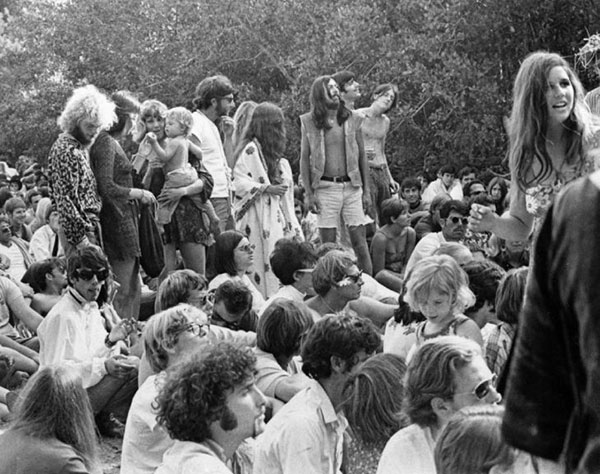
Embracing a new lifestyle, hippies wore stage costumes and recycled clothing. They took references from many universal periods and cultures in their unique appearances on individuality, creativity and fantasy. Their shawls and skirts were inspired by traditional Roman and European clothing. They were accompanied by Middle Eastern robes, traditional African clothing and fabrics, Indian patterns and Native American tassels. All this confusion produced exotic and frivolous looks.
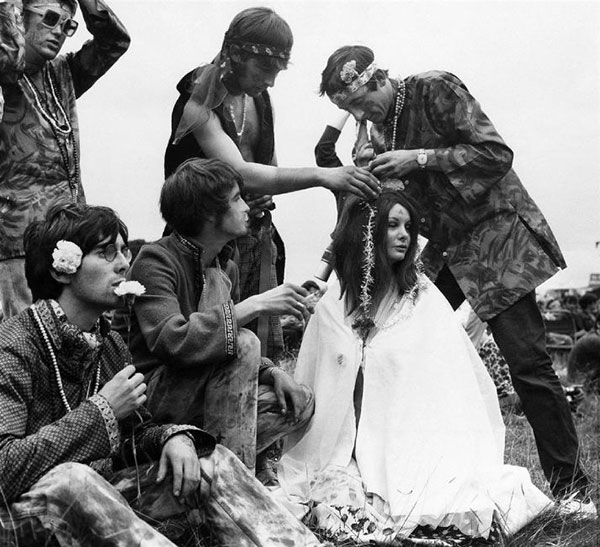
This extraordinary independence hippie style threatened the entire system on which fashion was built. The men grew their hair long. Women no longer dressed as they were told. Social status was no longer a determinant of how a person would dress.
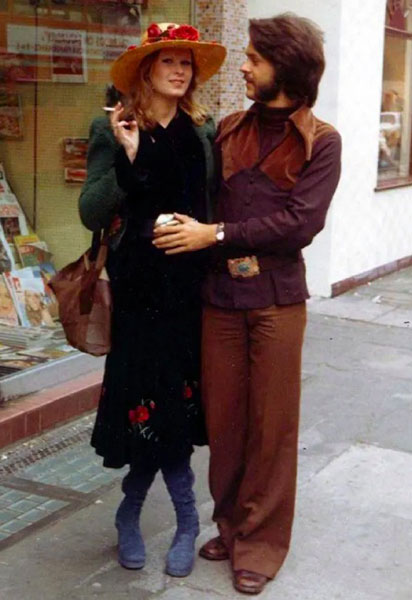
And at the end of the day, the hippie style was embraced by the wealthy elite and turned into one of the things hippies stood against, a mass-produced and fashion trend material.
Both the Mod movement Quant contributed to and the hippie movement were part of the new type of ‘street fashion’ concept where fashion spread from the street and reached designers, not the other way around. The period from 1962 to 1968 were the crucial years when street fashion broke the dominance of high fashion as a counterpoint. While the period hosted three different inclusive styles, it also put the designer-centered fashion ecosystem in a form where the consumer is at the center of creation.
Men’s Fashion of the 1960s
Just like women’s fashion, men’s fashion relaxed and became colorful throughout the 1960s. Men’s fashion, which evolved into a more sporty style with the 1950s, entered a path drawn with vibrant patterns and colors with the crazy energy of Swinging London. For men’s fashion, which hasn’t seen much movement over the past centuries, this change was extremely shocking.
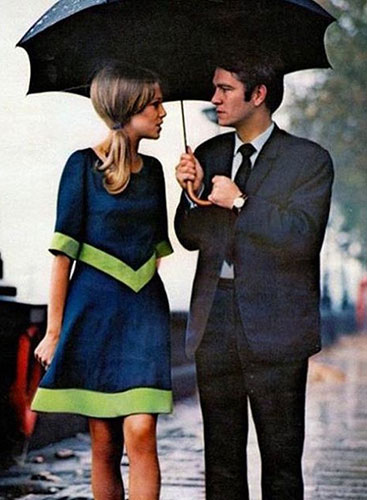
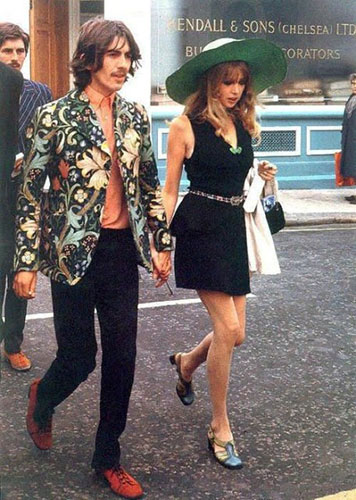
While the popularity of pinstripe Italian style suits was on the rise in the late 1950s, men’s clothing began to become more colorful as the period progressed. This was due to the change of names that influenced fashion; While actors were the ones who got the spotlight in the 1930s, rock stars like The Beatles, Jimi Hendrix, and Mick Jagger became style icons by the 1960s.
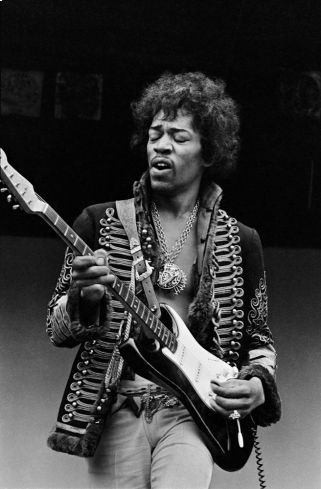
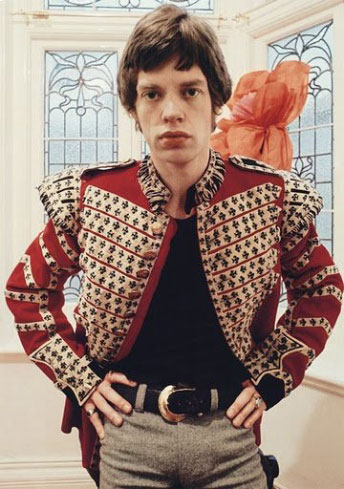
By the mid-1960s, men’s fashion came under the influence of military elements. With the images they drew at their concerts, both Hendrix and Jagger caused an increase in the demand for military uniforms, especially in second-hand stores.
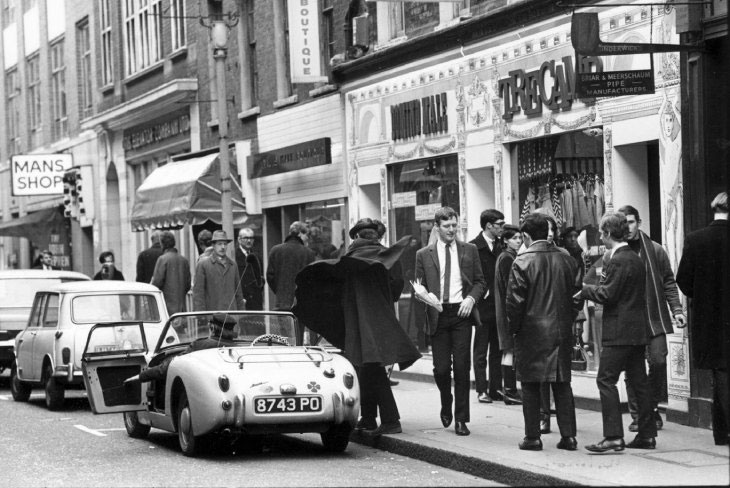
Along with the interest in second-hand shopping, clothes from the 1930s and 1940s were also gaining popularity among men. Thus, the suits expanded again. As the calendars turned to the 1970s, we witnessed the widening of the legs and the gradual lengthening of the hair.
Reflections of the 1960s in Today’s Fashion
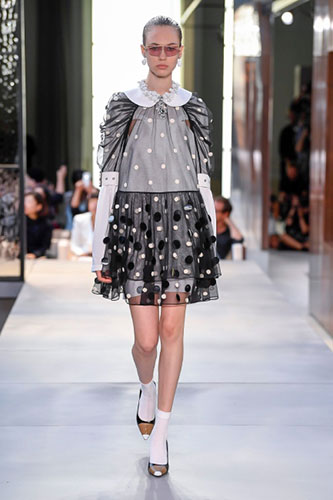
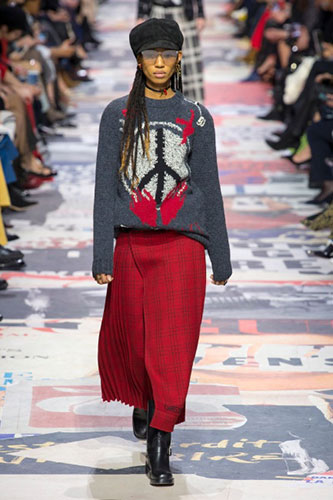
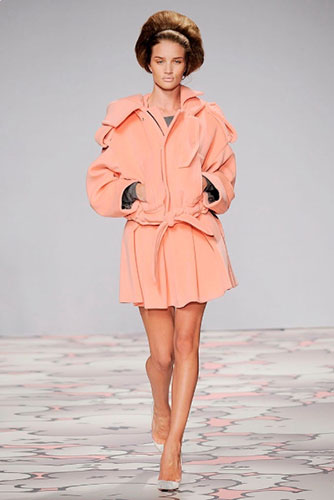
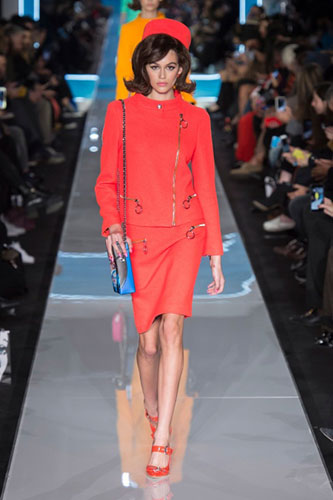
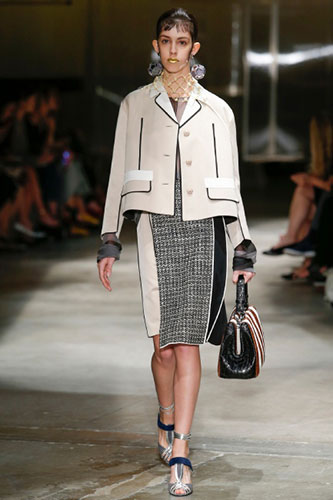
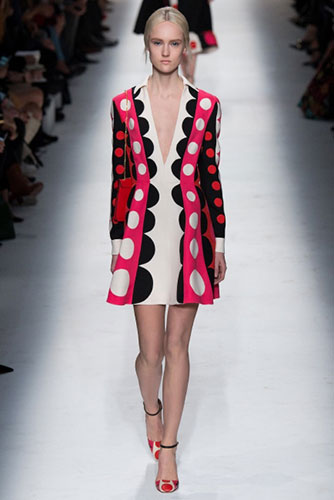
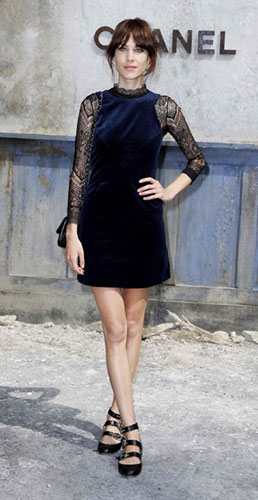
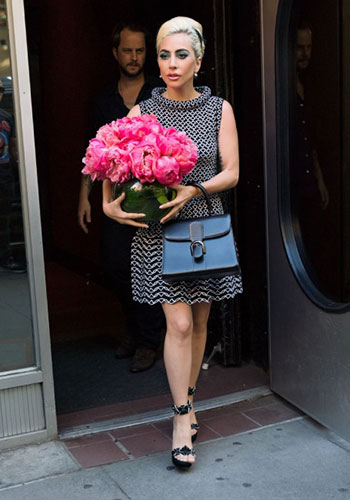
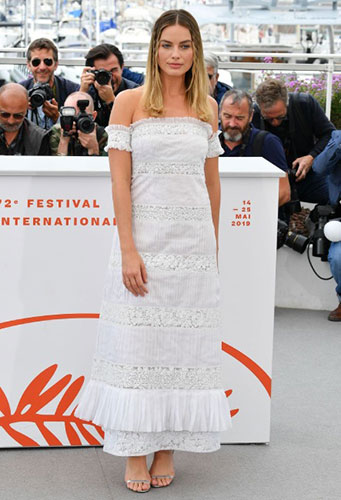
Other “Evolution of Fashion” articles
1990s Fashion w/Low Flying Attitudes
1980s Fashion w/Bigger Better
1970s Fashion, The Age of Polyester
1950s Fashion with Stylish Options
1940s Fashion – From Coveralls to New Look
The Golden Age of Splendor 1930s Fashion
1920s Fashion w/Flapper and Jazz
Introduction to the 20th Century Fashion
19th Century Fashion and Changing Silhouettes
18th Century Rococo Fashion
Renaissance Fashion and Rebirth
Medieval Fashion and Status Clothing
Authentic Clothing in the Ancient World

Leave a Reply